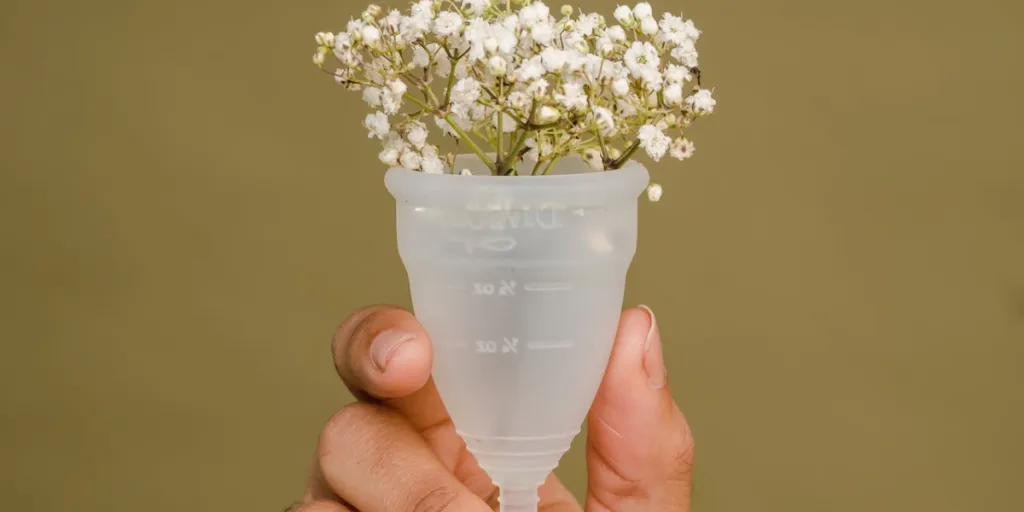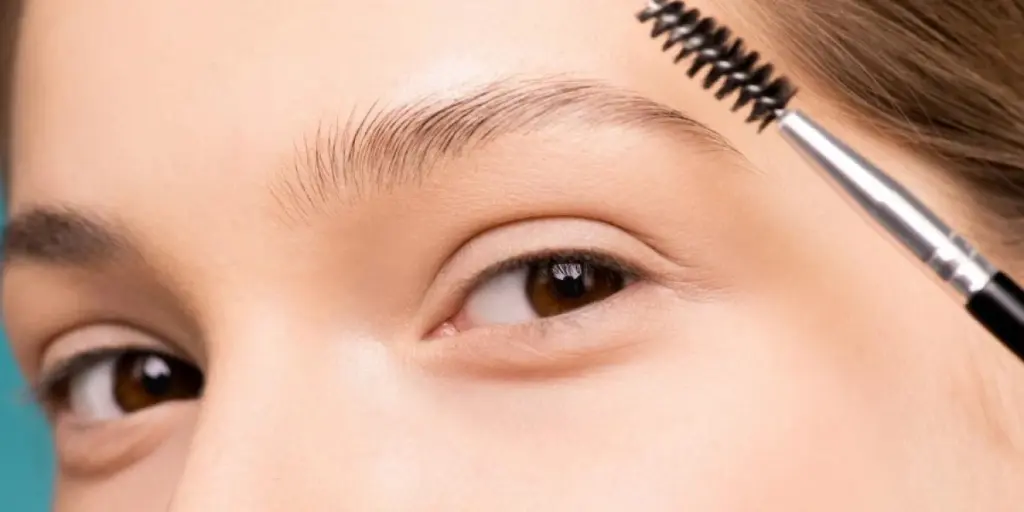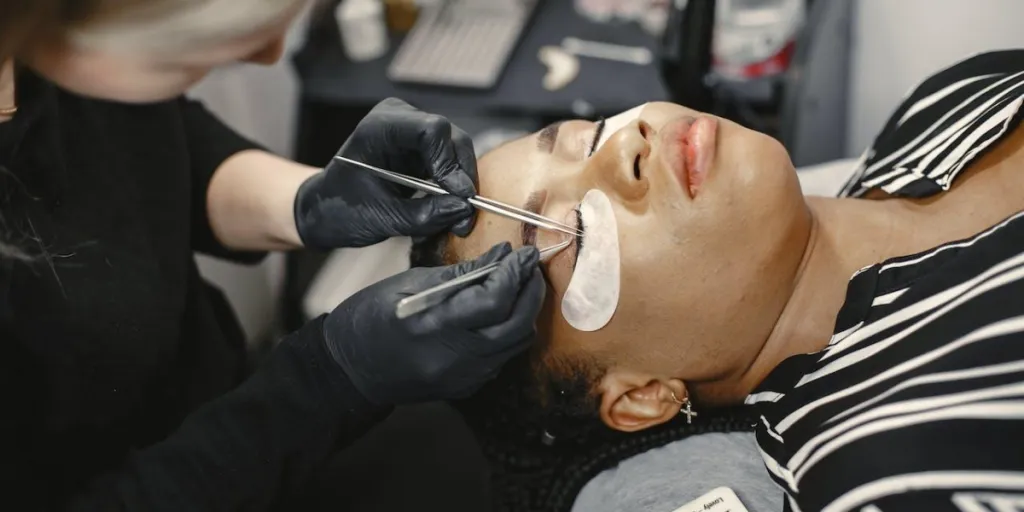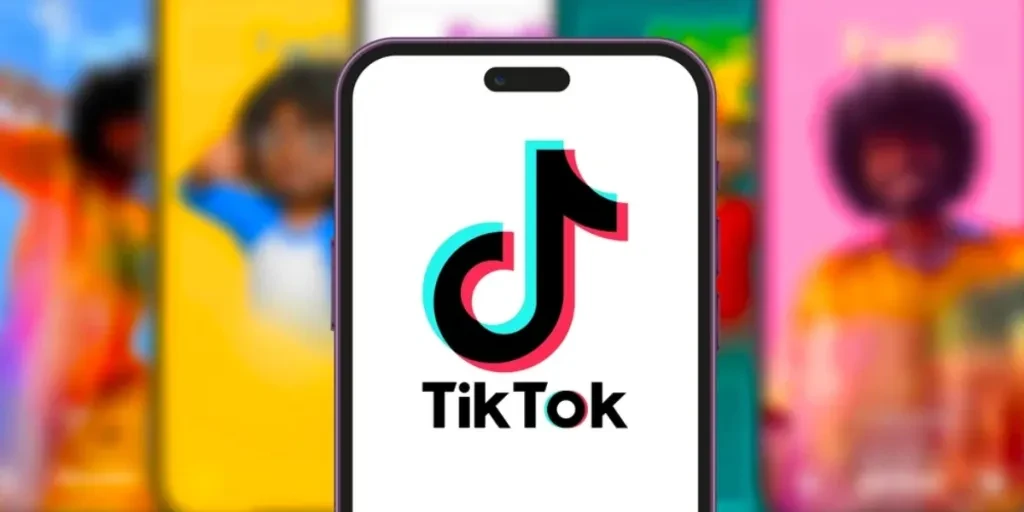Menstrual care is booming with opportunities as consumers seek more inclusive, sustainable and accessible product offerings. Discover how this category is evolving with the help of next-gen brands destigmatizing narratives and democratizing menstrual health literacy.
Table of Contents
The menstrual care market
Menstruation’s new identity: period care for all
Cycle syncing: care for the entire menstrual cycle
Menstrual health literacy: accessible period care
Addressing period pain
Menstruation and sustainability
Menstruation to menopause
The future of menstrual care
The menstrual care market
Often accompanied by a taboo narrative and lack of education, menstrual care is changing, with consumers advocating for a more open, inclusive and accessible future.
Increased focus on menstruation has seen a shift to frank conversations, particularly in the global West. In advertisements, Bodyform in the UK and Kotex in the US replaced the blue liquid with red to demonstrate the absorbency of their pads and normalize period blood. However, much remains unexplored, priming brands with opportunities for innovation and change.
Socio-cultural barriers in Asia have stunted the growth of menstrual health care over the years. But, thanks to new voices and increased education, the region’s menstrual healthcare market is forecasted to grow faster, with a compound annual growth rate (CAGR) of 14% between 2020 and 2027.
Heightened by the cost-of-living crisis and period poverty, accessibility of menstrual products is a major focus. Some countries have decreased the price of menstrual products by eliminating the period product tax, such as in the UK, or offering free products like Scotland. Others still need help to supply quality products at affordable prices. Some retailers and brands are implementing solutions such as ‘buy one, give one’ initiatives and discounting private-label assortments.
Traditionally the menstrual care market has focused on menstruation itself by providing tampons, pads, menstrual cups and products for vulva care. Now, a 360-degree approach will welcome skincare and wellness to menstrual care.
Menstruation’s new identity: period care for all
Menstruation has reached a new era as consumers demand more inclusive period products and have open conversations about menstruation. Next-gen brands are breaking down taboos and empowering everyone who menstruates.
Period underwear from Thinx in the US was the first menstruation brand to feature a transgender man in a 2016 campaign. And more recently, Always removed the Venus symbol from its packaging to be more inclusive to non-female-identifying individuals.
While we are seeing slow progress in menstrual products becoming more gender-inclusive, brands also need to consider inclusive products for disabled folks.
Brands should avoid gendering products to ensure everyone’s needs are met regardless of gender. This should include replacing terms like ‘feminine hygiene’ and ‘women’s health’ with ‘period’ or ‘menstrual care,’ and when referring to those who experience periods, use terms such as ‘menstruators,’ ‘people with periods’, etc. Additionally, moving away from works such as ‘hygienic’ to describe products to avoid connotations that periods are dirty or something to be ashamed of.
Cycle syncing: care for the entire menstrual cycle
According to a survey by UK period skincare brand Fewe, 69% of the 2,000 participants surveyed thought the menstrual cycle only lasted during the week they bled or had no idea how long it was. As consumers become more educated on beauty, menstruators are turning focus to the four stages of the menstrual cycle: menstrual, follicular, ovulation and luteal, to inform skincare and wellness routines.
In the coming year, brands will see menstruators take more authority over their hormonal health and refocus their skincare routine to adapt to their cycle. Some may steer away from synthetic hormones, such as those found in birth control and will look toward natural hormone-supportive ingestibles.
Tap into cycle care by educating your community on the changes they may encounter at each phase. Recommend existing products to tackle every stage concerning hormonal balance or skincare concerns.
Menstrual health literacy: accessible period care
Tweens and teens experiencing their period for the first time need improved menstrual health literacy.
In the UK, a survey of teachers found 56% of menstrual health lessons focus on biology and 40% highlight the provision of period products. Only 14% covered lived experiences. In the US, 43% of students say periods are discussed openly at school. In comparison, 42% say their health teacher appears uncomfortable discussing menstruation.
Addressing the need for improved literacy will normalize conversations in and outside of school and help young cohorts better understand their cycle.
How can brands help? Partner with local organizations to help mitigate period over and increase accessible menstrual health education via donation initiatives and advocacy resources.
Addressing period pain
An amalgamation of myths has led to societal acceptance that having a period equates to living in pain and discomfort. Honest conversations surrounding menstrual conditions are challenging stereotypes with relief solutions.
Conditions such as endometriosis, polycystic ovary syndrome (PCOS), and premenstrual dysphoric disorder (PMDD) cause myriad disruptions and discomfort for menstruators, including excessive period pain, irregular periods and extreme mood swings.
According to the World Health Organization, endometriosis affects around 1 in 10 women globally. Period relief brand, Somedays, believes that the normalization of period pain has played a key role in the delayed diagnosis and treatment of endometriosis.
Use your online platforms to address period pain and invest in products that address long-term pain as an alternative to temporary painkillers. Some current products focused on period pain relief include; heat pads or belts, massagers, belts that include heat and massage and pads that include herbal remedies.
Menstruation and sustainability
It’s estimated that an individual menstruator uses between 5,000 and 15,000 pads and tampons in a lifetime, with a large portion of single-use plastic ending up in the landfill. The UK’s estimated 4.3 billion menstrual products generated annually generate nearly 200,000 tonnes of waste. In the US, 19 billion pads and tampons are thrown out annually, with a carbon footprint of 5.3kg CO2.
Eco-conscious consumers are searching for more sustainable period care alternatives to decrease waste created by menstrual products. Product formats such as menstrual cups, organic pads and tampons, re-wearable pads and period underwear (briefs, high waisted, thongs, boy shorts/boxer briefs) are paving the way toward more sustainable period care.
Brands should determine how to eliminate plastic packaging with current offerings and design and buy into products that use compostable, biodegradable and recyclable packaging. For reusable products, prioritize antibacterial and hypoallergenic properties to ensure they are safe.
Menstruation to menopause
Perimenopause can last anywhere from 7 to 10 years, usually starting between ages 40 and 44. Due to a decrease in estrogen levels, menstruators may experience symptoms of irregular periods, hot flashes and night sweats, mood swings, collagen loss and poor sleep. Many people are unprepared – a 2020 study suggests that 44% of women globally were unaware of perimenopause until they began to have symptoms.
Brands are tackling perimenopause products that address symptoms, such as cooling skincare and supplements.
Treat menopause literacy as equally important as menstrual literacy with resources that help to prepare for perimenopause. Science-backed Phenology (US) allows users to take a two-minute menopause assessment online to map out their needs. Include consumers in product development to address perimenopausal concerns.
The future of menstrual care
When considering the future of menstrual care, there are a few important things that brands need to keep in mind to stay relevant – inclusivity, education and accessibility, sustainability and thinking about the entire menstrual cycle.
Avoid gendering period products to widen the reach to all menstruators, not just female-identified individuals and include those who have periods in product development and the marketing process to ensure all voices are represented. Promote education via accessible menstrual literacy, donation initiative, advocacy resources and online assessments to help inform product purchases. Design with and buy into more sustainable materials that help decrease waste from an essential personal care category. Compostable and biodegradable solutions or reusable formats with antibacterial properties are key. And as more consumers seek to better understand their menstrual cycles, take a 360-degree approach that comprises solutions for every phase, from hormone-balancing supplements and cycle-specific skin care to soothing period pain.




